On the Caribbean coast of Colombia, South America, lies the city of Cartagena – populated with modern skyscrapers and ancient walled cities, castles, and culture. Integral to Colombian history, Cartagena defended the mentioned South American nation against many invasions. Founded by a Spanish commander, the city is also known as the Cartagena de Indias – in honour of its Spanish foundations – and had only roughly 200 residents and a church at that time. The city’s material palette was mainly wood until a tragic fire destroyed the architecture, and the governor commanded stone substitutes. Nevertheless, Cartagena was an appealing city due to its position as breeding and transporting ground for Spanish wealth. As a defence mechanism, the city began fortifying with a labyrinth-like strategy, thus evolving into “Ciudad Amurallada” or the “Walled City.”

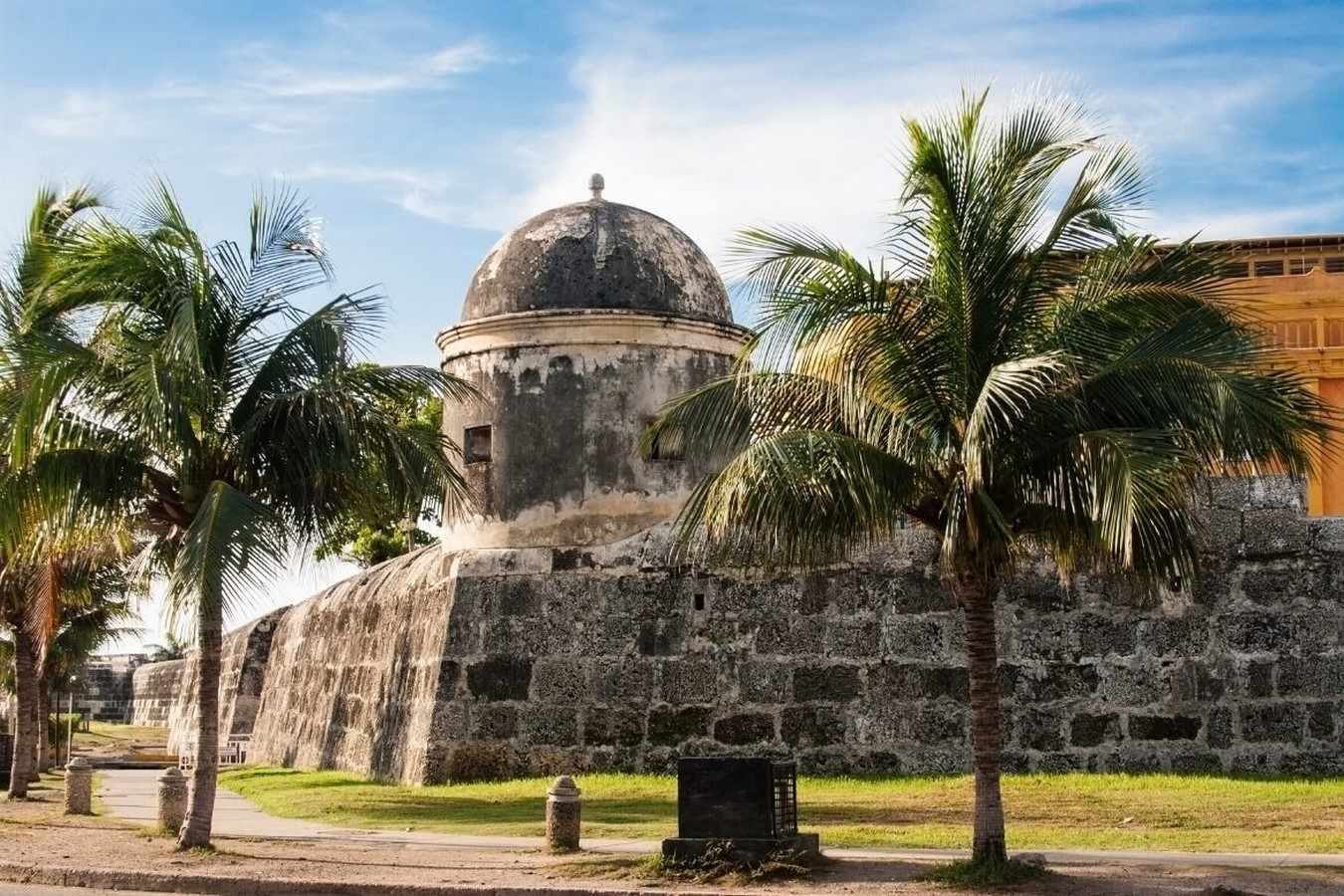
Moreover, it was the first city to declare independence from Spain and contributed to Colombia’s independence. Cartagena remains an essential maritime and trading port; and the country’s largest. To this date, the harbour is protected by two fortresses in the event of an attack. While the city’s fabric has undergone various transformations, the walled city – featuring colonial and historic buildings – remains unaffected by alterations. Old wooden entrances conceal a town populated by plazas, courtyards, and churches.
In contrast to the historic walled architecture is a modern sliver existing within the city known as Bocagrande, surrounded by beaches and comprised of skyscrapers. Furthermore, due to its ability to fortify and preserve fortresses and ports, in 1984, the coastal city of Cartagena was declared a World Cultural Heritage Site, making it the first Colombian city to attain such a title. In this article, we will review the tremendous architectural synopsis of Cartagena.
The Zones | Cartagena Colombia
Cartagena is a popular tourist spot with seamless blends of heritage, modernity, and relaxation that depict equal parts Caribbean culture as it does Latin. Through a zonal strategy, the city is split into three neighbourhoods – San Sebastian and Santa Catalina, San Diego or Santo Toribio, and Getsemani. The Getsemani is known for its suburban sectors, whereas the average class and merchants resided in San Diego. The perimeter of the downtown area or ‘Centro’ and San Diego is composed of old city walls. Lastly, San Sebastian consisted of a well-off demographic, government buildings, cathedrals, and palaces.
A colonial characteristic is visibly recognizable in the architecture of the downtown area. A few buildings with an Italian style also exist, such as cathedrals and bell towers. In another neighbourhood – on the hills of San Lazaro – is a fortress constructed by Spaniards known as the Castillo de San Felipe de Barajas. As a security measure, the tunnels were devised so that the footsteps of approaching adversaries could be heard all the way. Now known as the Beaux Arts University Building, San Diego includes the last constructed church of the fortified city. It also houses the ‘Vaults’ or Las Bovedas – attached to the Santa Catalina Fortress walls – which offer uninterrupted views of the Caribbean sea.

Meanwhile, the Getsemani is Cartagena’s ‘hip and happening’ neighbourhood wherein olden architecture was transformed into boutique stays, and plazas were redesigned. Lastly, the Bocagrande or ‘Big Mouth’ is synonymous with tourism because of amenities such as galleries, nightlife, retail and restaurants, and high-rise. It consists of both commercial and leisure locations. The contemporary architecture is evident in Bocagrande and Castillo Grande flanking the city’s shorelines. The Bocagrande also houses Cartagena’s Naval Base.
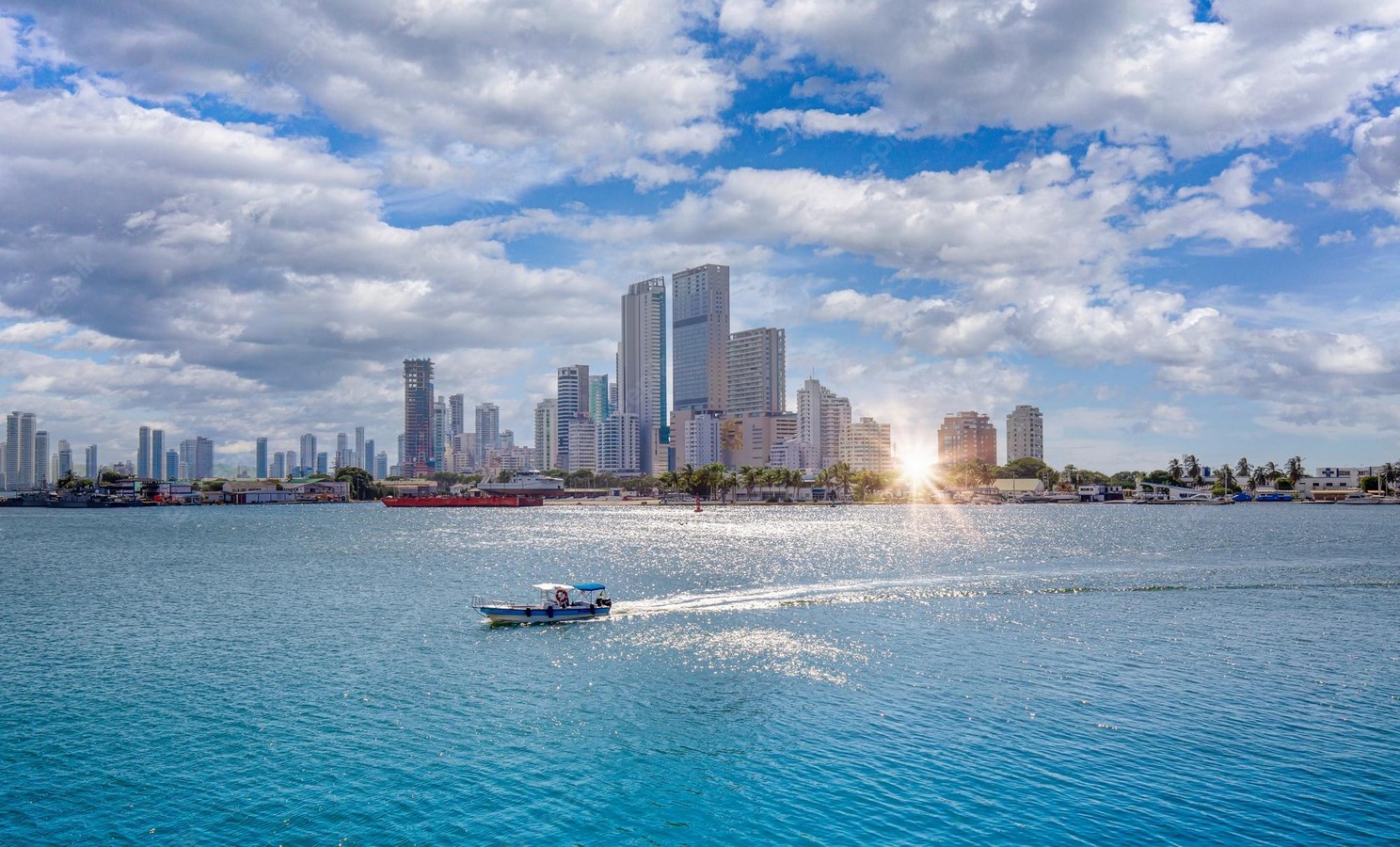
Domesticated Cartagena
We will discuss Cartagena’s domestic architecture as it contributes to the city’s reputation. While the historic streetscape constitutes permutations of shop frontages, street furniture, and historical styles, the domesticated city is clad in vibrant colours with ornate entrances and intricate facades. Casas Altos, or the prosperous houses, followed a 2-3 level elevation, whereas the Casas Bajas were usually singular masses. Common characteristics of these residences can be distilled into design strategies – cantilevering balconies, ornate windows, monumental entrances, timber balustrades – gaining their inspiration from Spanish architecture. In addition, the homes that formed the street corners were treated uniquely to draw attention to the streetscape.

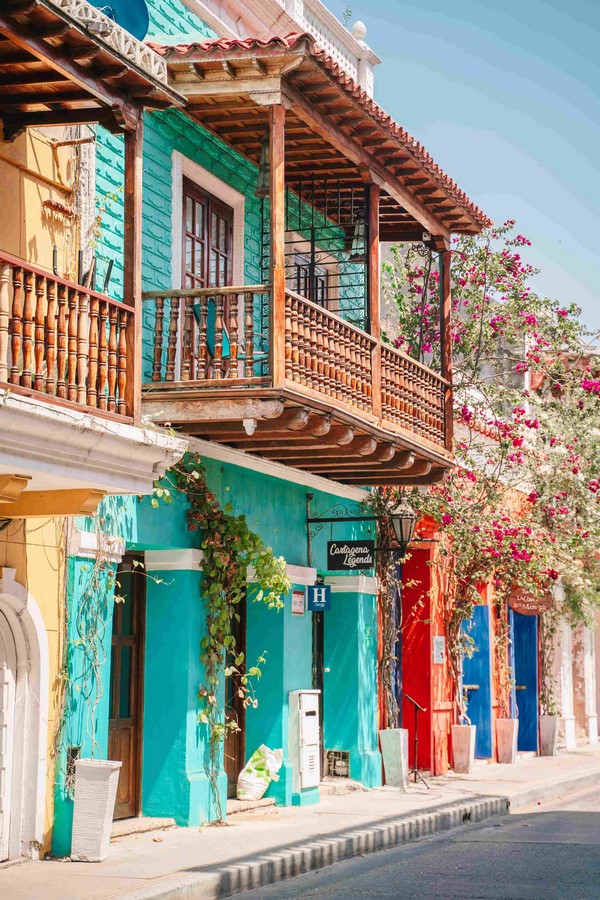

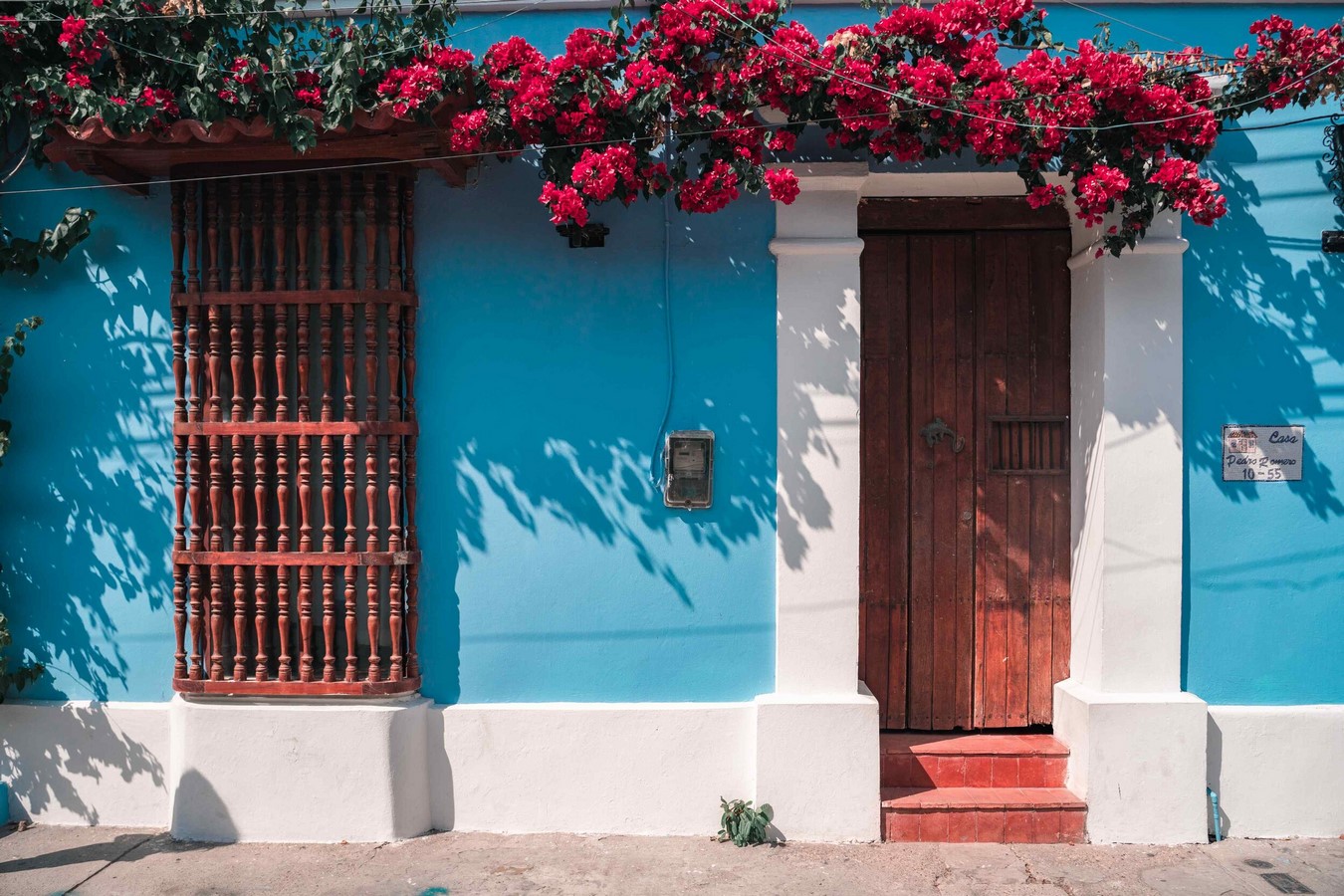
In terms of circulation sequence, each residence could be penetrated via the ‘zaguan’ into a vestibule and further to individual programs of the household. In luxurious cases, the vertical circulation of the houses served as a grand design gesture. The domestic material palettes consisted of coral stone walls carved intricately to create unique facade systems. An alternative to rising stone costs was the use of brick along with lime plasters and fine sand combined with banana oil. Another common feature was the choice of bold hues for the facades and insides – such as blue, ochre, pink, and red. The roof canopies were constructed as hipped timber structures.
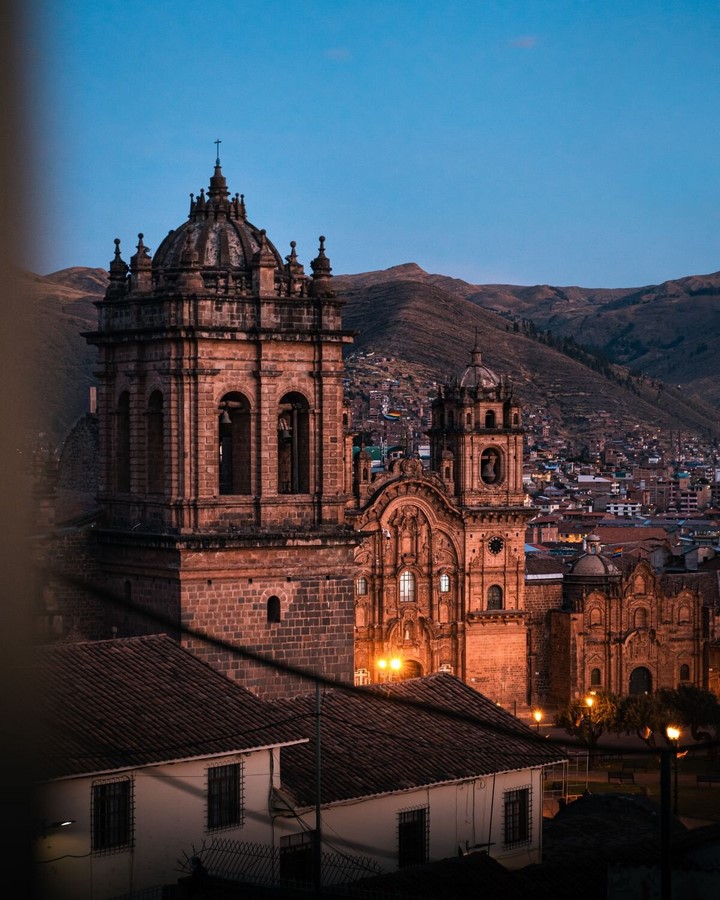
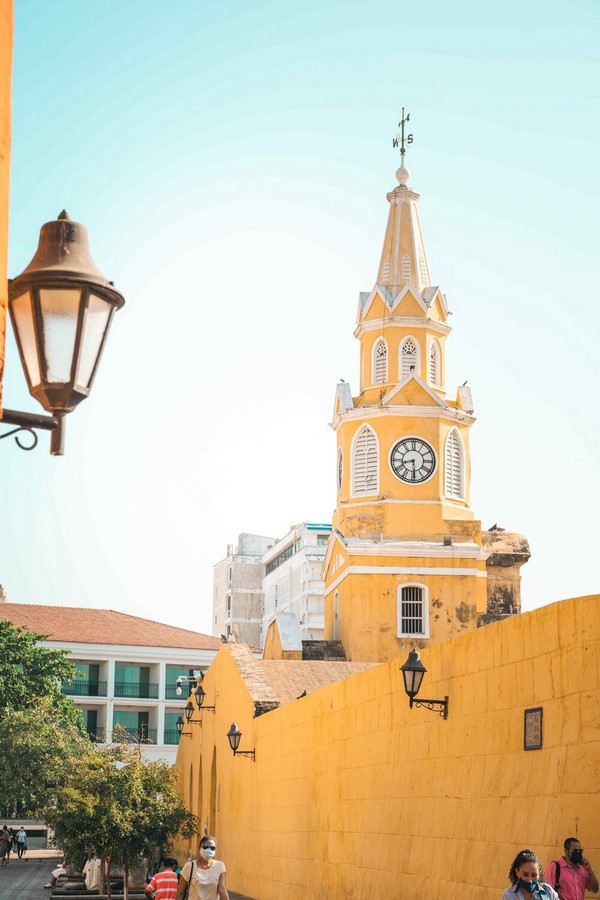
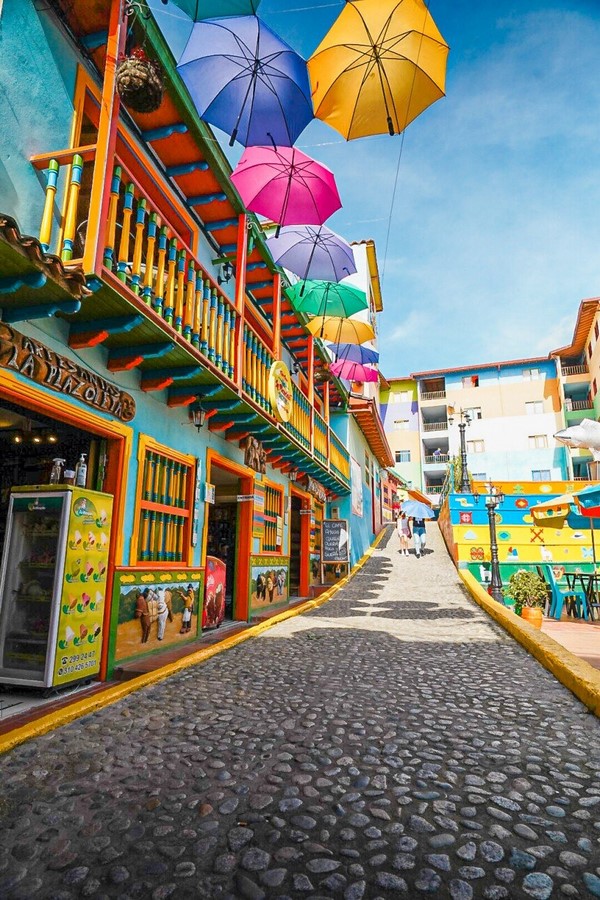
To conclude, Cartagena’s fabric absorbs its architectural heritage and character from its bustling streets and historic establishments. While commercialization has ameliorated the lively nature of the city, it also serves as an ideal counter to its historic and fortified portrayal. This coherent harmony – of the old and new, the bounded and the broad-minded, the vibrant and the sleek – dissipates a unique identity and narrative to Cartagena and its architecture.
References
Antoniou, J. (1999). Architectural Review. [online] www.cartagenainfo.com. Available at: http://www.cartagenainfo.com/others/architectural/engpage2.html [Accessed 20 Sep. 2022].
As We Saw It. (2019). You’ll Fall in Love with Old Town Cartagena Colombia. [online] Available at: https://www.aswesawit.com/old-town-cartagena-colombia/ [Accessed 20 Sep. 2022].
RPM, G. (2020). A Brief History of Cartagena, Colombia | Coined Spanish Schools in Latin America. [online] Coined. Available at: https://intercoined.com/a-brief-history-of-cartagena-colombia/ [Accessed 20 Sep. 2022].
Wikipedia. (2020). Cartagena. [online] Available at: https://en.wikipedia.org/wiki/Cartagena.






















